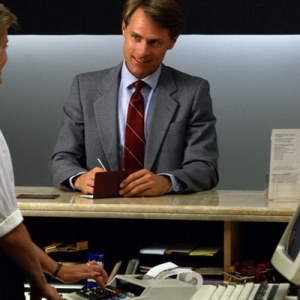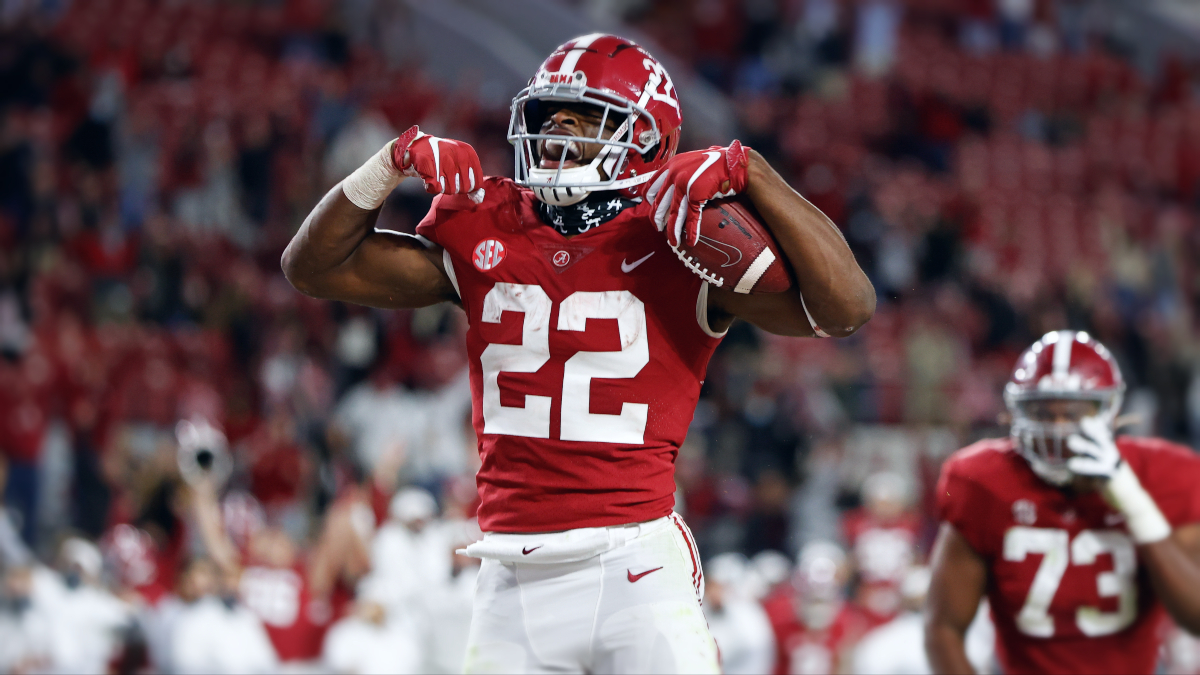Buying Half Points Sports Betting
Many sportsbooks offer bettors the option to buy points on point spread bets in football and basketball. Buying points allows you to give away fewer points on the favorite or receive more points on the underdog. Most books that offer this betting option do so at a price of 10 percent per each half-point. Buying Points is where you can move a point spread, in your favor, up to two points. Paying an extra 10% is required for each half point that the line is moved. Nearly every online sportsbook allows for the. Many online sportsbooks sell half points involving the 7 for 15 cents, half point involving the 3 for 25 cents and all other half points at 10 cents each. Under this cost per half point pricing there are only.
When to purchase half points in basketball is a question asked frequently on sports betting forums; though, rarely serious discussion about half point buying actually occurs. When asked, the usual response is: “if buying points was +EV the bookmaker wouldn’t offer the option”. While a sound and logical theory, this statement would make a lot more sense, if it wasn’t for the fact it is flat-out false. Off the top of my head, one place where half points are offered at better than fair pricing frequent enough is www.bookmaker.com. I’ll give away that tip in this article and also cover half-point buys in great detail.
Purchasing Half Points in Basketball
To keep things simple let’s stick to NBA basketball. Most, but not all, online sportsbooks allow bettors to purchase a half point for 10 cents. What this means is if the line is Boston Celtics -7 -110, a bettor can move the lines to Celtics -6.5 -120 if they choose. Generally speaking paying 10 cents for a half point in basketball is a losing proposition. However what most sports bettors fail to realize is that not all points in basketball have equal value. When you realize this and do the simple-math, you’ll discover sometimes purchasing a half point(s) does in fact make sense.
In games decided by double digits the final margins of victory are distributed pretty much at random. In closely contested games, factors such as buzzer beaters, fouling at the end, killing clock, intentionally missed free throws and other end game strategy change things. In fact, having run many years of data and studied this in depth, I found the distribution between margins of victory in closely contested games favor certain numbers. If you want to know how I came up with these figures read my article on teaser betting for an idea, for now I’ll just tell you as long as you’re buying no more than four half-points (2 full-points) here are my push probabilities for each margin of victory between one and eight points.
1 point 2.3%, 2 points 4.0%, 3 points 3.8%, 4 points 3.5%, 5 points 4.4%, 6 points 4.2%, 7 points 4.1%, and 8 points 4.2%.
Let’s say we’re shopping lines and spot the Chicago Bulls -7 at most betting sites, with the prices perhaps being -104 at Pinnacle, -105 at 5Dimes, -108 at IAS, and everywhere else has them -110. We then see www.bmaker.ag has the Chicago Bulls at -6.5 -110. Well that’s a full half-point better than the market consensus. Now even if we’re blind on this game and had no intention of betting the Bulls we already know that 7-points is a common margin of victory so this free half-point better than the consensus price has significant enough value that it probably warrants a bet. Look what happens though when we add half point buys to the equation… I’ll cover that below.

Bookmaker allows bettors to purchase up to four half-points at ten cents each. This means it is possible to we could take -6.5 -110 to any of -6 -120, -5.5 -130, -5.0 -140, -4.5 -150. Let’s take a look at the -4.5 -150 option.
Go to our odds converter and run break evens at -110 and -150. You’ll find:
- -110 requires a 52.4% win rate to break even.
- -150 requires a 60.0% win rate to break even.
As you can see we need to win (60-52.4) 7.6% more often for the -4.5 -150 bet to have the same value as the 6.5 -110 bet. Earlier I shared the push probability for 5-points is 4.4% and the push probability for 6-points is 4.2%, add these together and we’re increasing our win rate by 8.6%. We needed to increase our win rate by only 7.6% for -4.5 -150 to have had equal value. Considering we’re increasing it by a full percentage point more than that, we’re getting far better odds at -4.5 -150 than we’re getting at -6.5 -110. Just like that we’ve debunked the myth that purchasing half points is for suckers.
Understanding Half-Points on Pushes
Let’s go back to the earlier example and look at purchasing only a single half-point. So here I’m going from -6.5 -110 to -6.0 -120. When I use our odds converter I see the break evens are: 52.4% on -110 and 54.5% on -120. The difference is 2.1%. Going back to the figures I shared earlier, the push probability on 6 was 4.2%. Considering we only push on six (not win) we can only take half credit, because the other half of the 4.2% win probability is given to the bookie we’re betting against; he has +6 and we have -6, the 4.2% push on six goes half to each of us. Therefore moving from -6.5 to -6 is worth 2.1%. No considering the difference between -110 and -120 is 2.1% as well, we have a neutral value scenario and should be indifferent when selecting between -6.5 -110 and -6.5 -120 because both have the same expectation.
Half Points Strung-Together Change the Values
Let’s take a look at an example we’re we started at -8 and are now at -6.5 -140. In deciding whether to purchase another half-point, you might assume: we covered that in the previous example; the change from -6.5 to -6.0 requires 2.1% improved win probability and that’s the actual value we pick up so again we have neutral change we’re indifferent about. This however isn’t correct, the more half points you purchase the value of each half point becomes worth progressively more. Let’s illustrate that.

- -140 requires a 58.3% break even
- -150 requires a 60.0% break even.
Notice the difference is now 1.7%. We already calculated in our previous example that going from -6.5 to -6.0 increases our bets win probability by 2.1%. Obvious here buying the next half-point is a no brainer.
IMPORTANT: If you’re skimming this article and are new to using simple math to beat sports betting, be sure to read the previous two sections. I just showed how going from -6.5 -110 to -6.0 -120 requires the bet picks up 2.1% more win probability, where going from -6.5 -140 to -6.0 -150 only requires it to pick up 1.7%. This is a paradigm many new sports bettors struggle to understand.
Many Half Point Buys are –EV
Best Online Betting Sports

Once you get into the double digits the push probabilities on each point range from 3.0% to 3.5%. Remember when going from -110 to -120 the needed increased win rate is 2.1%. Considering all half point buys move on or off a push, that 3.0% to 3.5% represents a value of 1.5% to 1.75% per half point. As you can see with these at 10 cents per half point you’ll be increasing the bookmaker’s advantage each time you purchase a half-point on a double digit point spread.
To learn more about purchasing half points you can read my article on NBA teasers where a similar concept is applied. To really grasp this concept, read my guide to teaser betting strategy which mostly covers football, but has a ton of value that can easily be applied basketball betting.
Please Support OnlineGambling.co
As a reminder Online Gambling is one of only a few websites on the net that actually help sports bettors win. There are thousands of other articles elsewhere with senseless babble about buying half points that are of little help; where obviously our article here has substance. If you appreciate our advice, please help support our site. Anything from opening an account at www.bookmaker.com via this link or telling a friend about our site or maybe even posting it as a liked site on facebook goes a long way in supporting us. . Anything you can give us for support we very much appreciate, and sincerely wish you the best of luck this betting season.
The majority of online sportsbooks offer the ability to purchase half points off point spreads and totals. This is generally at 10 cents each. If a point spread is 5.5 you can bet the favorite -5.5 -110, -5 -120, or -4.5 -130 or the underdog +5.5 -110, +6 -120, +6.5 -130. The same can be done for over/under betting (NFL based). In this article I explain when it is and isn’t mathematically correct to purchase half points.
Half-Point Betting Math
The math to evaluate value a half point purchase is simple. For starters use an odds converter. On that page you can enter -110 and see under implied probability it shows 52.38%. This is how often a bet at -110 needs to win to average break even. If you now enter -120 you’ll see the required win percentage to break even becomes 54.55%. That’s a difference of 2.17%.
To put this into perspective let’s say we’re looking at an NBA point spread +6.5 -110. Based on the math above we would only instead bet +7 -120 if having +7 instead of +6.5 increases our expected win rate by the required 2.17%. Well, I happen to have a push chart that shows NBA teams that are favored by about 6.5 points win by exactly 7 about 4.1% of the time. In this case we are going to pass on buying the half point because we are only increasing our cover rate by 2.05% (half of the 4.1% probability of the favorite winning by exactly 7) and needed 2.17%+.
Are you confused about why we only took half the 4.1%? To explain: When we had +6.5 if the game ended with the favorite winning 7 we lost and the bookie who had -6.5 won. Moving to 7 both of us push. Therefore that extra 4.1% of value for teams winning by exactly 7, half is on our line of +7 and half is in the bookies line of -7. We gained his share of the 7 on that move. When going from a push to a win the same is true. For example: when going -7 to -6.5 or going +6.5 to +7 our push probability increases by half the probability of that game ending with the favorite winning by 7 points.
Creating Push Charts
Buying Half Points Sports Betting
It is important to understand each half-point has unique value. In NFL football nearly 16% of all games are decided by EXACTLY 3 points and nearly 10% by EXACTLY 7 points. Those are the two most common margins of victory. In basketball end game strategy with intentional fouls, killing clock, playing for final shots, etc. leads to certain numbers being more likely to occur than others. In low scoring sports like hockey and soccer the chances a total will be an odd (instead of even) number is significant. So the calculations will need to be ran separately for each half point.
It is a good idea to do these well in advanced. How to go about it for most sports would be using point spreads of +/- 1.5. What this means is to calculate the push rate on favorite by 6, look for all similar games where the point spread was between 4.5 and 7.5 and see how often those games finished with the favorite winning by EXACTLY 6. If you calculate this in advanced and list it in a spreadsheet or even just draw some sort of table or list it in a note pad you’ll have it handy anytime it is needed.
As far as getting the data two of my recommended books about sports betting contain value for this. Sharp Sports Betting by Stanford Wong, while outdated, has push charts inside it. These can be used as a rough guide. Or you can use SBR’s half point calculator to capture their push rates on sides and totals for NBA, College Hoops, NFL, College Football, MLB and NHL. Their data is also outdated. It is the other book Conquering Risk that has more value to serious punter. This covers how to scrape content from the web.

If you decide to scrape data there are many potential sources. One is Covers.com which has historical spreads and results going back many years. A better source for recent years is SBROdds.com. Here the calendar at the top (to the right of where it says today / yesterday) can be used to navigate through historical odds and results at multiple sportsbooks. The best one to scrape and use is Pinnacle Sports. Once you have the database – you can create your push chart.
Finding Value Buying Half Points
The key to finding value in purchasing half points is to understand the more half-points you purchase the more each is worth in value. Let me show you why. Let’s say a bookie offers up to 8 half points at 10 cents each. So this is -110 (52.38% implied probability) vs. +8 -190 (65.52% implied probability).The difference is 13.14% or in other words 1.64% per half point. That’s much better than the 2.17% paid when going from -110 to -120. How is this the case?
The reason is because moneylines are based on percentages. 10 cents means nothing in and of itself. To show this further again -110 to -120 increases the required win rate to break even by 2.17%. Again, using our odds converter I can see -120 has an implied probability of 54.55% and -130 of 56.52%. Here the move is again 10 cents but the difference is 2.03% not 2.17%. In that NBA example earlier, the 7 was worth 2.05%. Had the question been +6.5 -120 or +7 -130 we would take +7 -130 because the push on 7 increases our win rate by more than the 2.03% difference in implied probability.
To give an extreme example, going from -180 (64.28%) to -190 (65.52%) has a difference of just 1.24%!. The bigger the moneyline odds the more likely it is that purchasing a half point at 10 cents is a good deal! So how can we can we make money from this?
As a general rule of thumb in basketball it takes 6 half points at 10 cents each to have a tiny edge over the bookmaker. If you can do more than that, with good bankroll management, you practically have a money printing machine. For example 4 points for -190 instead of -110 gives an expected ROI of about 3.6%. While sites like BetUs.com (not very reputable) used to offer 8 points for 80 cents, today most bookies are wise and such deals are uncommon. The smartest bookies limit the number of half points that can be purchased to 2 or 3 before they start to charge a premium.
The most logical place to find value should be in NFL point spreads on the most common margins of victory 3 and 7. Unfortunately, here once again the bookies charge a premium. Going from +2.5 to +3, +3 to +3.5, -3.5 to -3, and -3 to -2.5 costs 25 or 30 cents at most bookies. Going from +6.5 to +7, +7 to +7.5, -7.5 to -7, and -7 to -6.5 costs 15 or 20 cents. This can still sometimes be worth it when the ML is large. What is however more common is to find value on the half points they don’t charge a premium for. Worth noting is that the third most common margin of victory in NFL football is 10. Should I continue?
What Does Buy Points Mean In Sports Betting
Let me just tell you buying half points is one of the many ways I personally make money betting sports. If I however told you which sites allow 4 half points at 10 cents each (yes these exist) or what the most common margins of victory are for every league, this article will become outdated quickly. Why? Because everyone will be beating the sportsbook that offers +EV point buy opportunities. That book will eventually notice and adjust their odds. This has happened many times in the past. Years ago basic strategy NFL teasers were profitable at most sites, today they are not. Years ago there was much more value in buying half points, but today bookies grown wiser.
If you do the work to make push charts, find the most common margins of victory, and learn which bookies offers what, you will soon be able to create a system. Every time a specific point spread pops up you know “at book XYZ I need to do X”. If you have that system you are making money. At that point you will be glad I concluded this article the way I did. It is important only a limited number of people take advantage of the +EV angles, because eventually they dry up.
Author: Jim Griffin